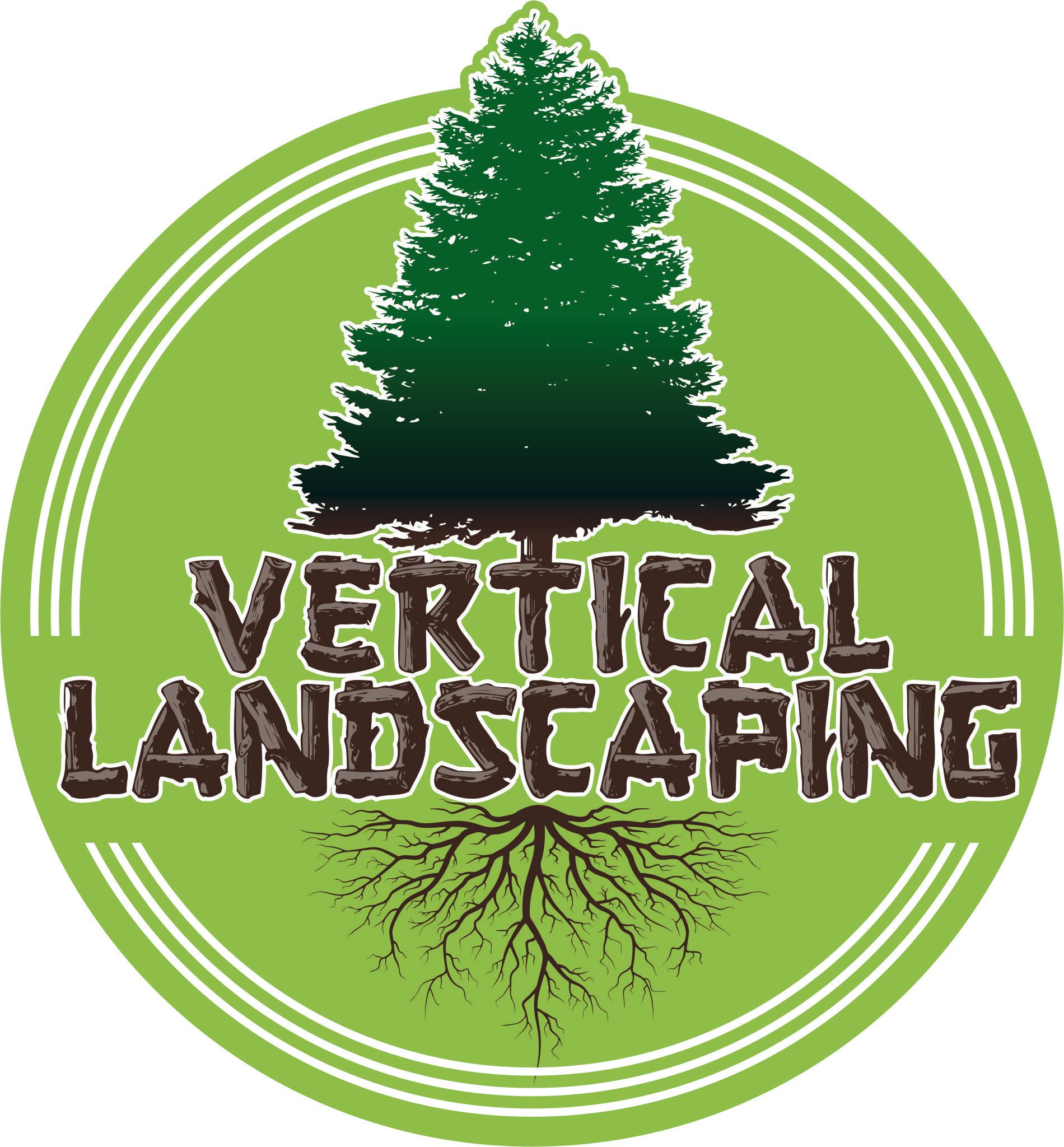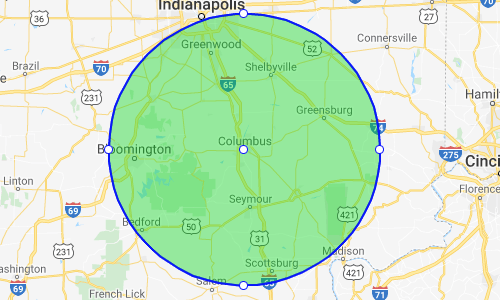Request a Service
From A Few Feet Under To 100 Feet High
This is a placeholder for the Yext Knolwedge Tags. This message will not appear on the live site, but only within the editor. The Yext Knowledge Tags are successfully installed and will be added to the website.
Hartsville, IN and surrounding areas
Please Call Today To Set Up Appointment For Spring and Summer Services!
Tree Info
Please Call Today To Set Up Appointment For Fall and Winter Services!
Tree Care Services
Free Estimates | Fully Insured | 24-Hour Emergency Services
Free EstimatesFully Insured24-Hour Emergency Services
Request a Service
What’s Wrong With Topping Trees?
By: Rita McKenzie, Urban Forester
Dept. of Forestry & Natural Resources, Purdue University, Wes Lafayette, IN 47907
What is topping?
Topping is the drastic removal or cutting back of large branches are cut to stubs. Topping is often referred to as heading, stubbing, or dehorning.
Why are trees topped?
Many homeowners have their trees topped, when their trees reach heights they consider unsafe. They fear a strong wind might blow these large trees over. A fear largely unjustified, for the extensive root system of a healthy tree, left undisturbed, provides adequate support for the tree.
Eight Reasons Why You Shouldn’t Top Your Trees
- Starvation - Trees need leaves to manufacture starches during photosynthesis. A tree’s transport system moves starches from the leaves to the roots. Topping, however, removes so much of the leafy crown that a tree may be unable to provide the roots with this necessary product. This in turn prevents the roots from growing and transporting nutrients and water to its leaves. The tree starves. Good pruning practices rarely remove more than 1/4 to 1/3 of the leafy crow.
- Shock - The tree crown acts like an umbrella, shading the bark from the direct sunlight of summer. Sudden removal of the leafy protective layer exposes the bark to sunscald. Neighboring trees used to shady conditions, may be adversely affected. Poor health and death often occur.
- Insects and disease - Large wounds resulting from tree topping have difficulty closing. The location and size of the cuts prevent the tree’s natural defense system from functioning. The stubs are open wounds that invite insect invasions and the spread of decay fungi. If decay is already present in the limb, cutting will only speed the spread of decay.
- Weak limbs - Many new limbs sprouting from the cut of the larger branch are weakly attached to the parent branch. Growing limbs attach to the larger branch with layers of wood that overlap year after year. Limbs gradually enlarge with the parent stem. Limbs growing from large cut areas develop from that point only and not as an extension of the entire parent branch. In some instances, the attachment to the parent stem involves less than one inch of wood.
- Rapid new growth - People believe they need to top their trees to control the height and spread of a tree. Actually, the opposite happens. Trees respond rapidly to the injury by producing many, long sprouts. The result is a tree that quickly regains the height it once had; it becomes bushier.
- Tree death - Some species of trees do not tolerate topping. Beeches, for example, sprout little after a severe pruning. The resulting lack of foliage severely reduces the tree’s ability to capture sunlight and turn it into glucose. It will likely lead to the death of the tree.
- Ugliness - A topped tree is a disfigured tree. Even with regrowth, it never regains the grace and beauty of its species. The landscape and the community are robbed of a valuable asset.
- Cost - A chain saw and a truck are not all that’s needed to properly prune a tree. Topping may reduce cost and time for the moment, but the actual costs can be seen in:
- Reduced property values
- Removal and replacement cost when the tree dies
- Loss of other trees and shrubs that succumb to the changed light conditions
- Risk of liability from weakened branches
- Increased future pruning costs
Alternatives to Topping
- Crown reduction pruning is a method of reducing the size of a tree by pruning large branches back to laterals that are at least 1/3 the diameter of the branch being removed.
- Prune trees properly and regularly. A light pruning every three years keeps your tree in healthy condition- it is less costly, and is more visually appealing. It helps to maintain the tree at the desired size.
- When planting a small tree, keep its mature height in mind. Plant short growing trees under utility wires.
- Hire a certified arborist. Tree care is a profession of dedicated individuals trained in the latest scientific advances.
Find out More About Trees
Is there an emergency on your property? Call us 24/7 to request our services.
Request a Service
HOURS
This is a placeholder for the Yext Knolwedge Tags. This message will not appear on the live site, but only within the editor. The Yext Knowledge Tags are successfully installed and will be added to the website.
Monday
Tuesday
Wednesday
Thursday
Friday
Saturday
Sunday
This is a placeholder for the Yext Knolwedge Tags. This message will not appear on the live site, but only within the editor. The Yext Knowledge Tags are successfully installed and will be added to the website.
OFFICE HOURS
This is a placeholder for the Yext Knolwedge Tags. This message will not appear on the live site, but only within the editor. The Yext Knowledge Tags are successfully installed and will be added to the website.
Monday
Tuesday
Wednesday
Thursday
Friday
Saturday
Sunday
This is a placeholder for the Yext Knolwedge Tags. This message will not appear on the live site, but only within the editor. The Yext Knowledge Tags are successfully installed and will be added to the website.
CONTACT US
This is a placeholder for the Yext Knolwedge Tags. This message will not appear on the live site, but only within the editor. The Yext Knowledge Tags are successfully installed and will be added to the website.
Privacy Policy
| Do Not Share My Information
| Conditions of Use
| Notice and Take Down Policy
| Website Accessibility Policy
© 2024
The content on this website is owned by us and our licensors. Do not copy any content (including images) without our consent.

